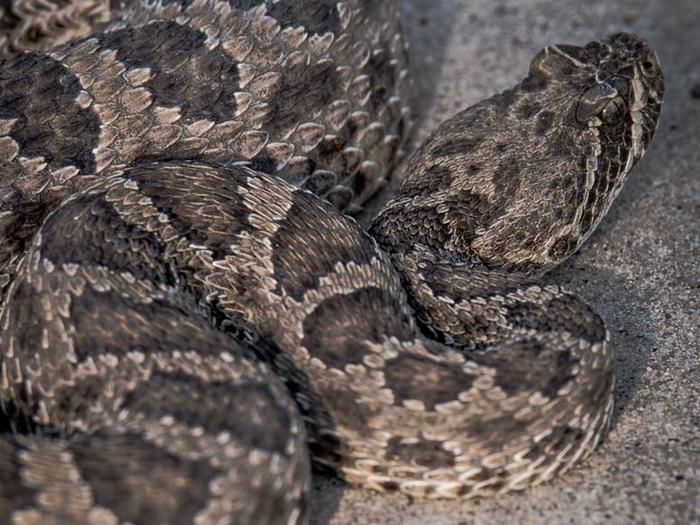Buffalo Lake National Wildlife Refuge
Fish and Wildlife Service, Texas.
Buffalo Lake National Wildlife Refuge was first purchased in 1937 by the U.S. Department of Agriculture (USDA) in order to develop the Tierra Blanca Water Conservation Project. The USDA purchased the lands as a water supply and to provide recreation for the region.
In 1938, Umbarger Dam was built and with it came the creation of Buffalo Lake. The Lake got its water supply from Tierra Blanca Creek, which was supplied by runoff from rain and natural springs. Utilized by significant numbers of waterfowl and other migratory birds on the Central Flyway, the arid landscape became even more valuable with the creation of the lake. In 1958, the project was transferred to the Department of Interior and one year later became the Buffalo Lake National Wildlife Refuge. Managed for the benefit of wildlife, the refuge had an establishment purpose of providing quality habitat for birds wintering at Buffalo Lake Refuge.
In the 1970s, Tierra Blanca Creek and the natural springs that fed into it dried up due to over consumption for agriculture and urban uses. Today, Buffalo Lake is typically dry and only receives water during major storms that flood Tierra Blanca Creek.
Though its namesake lake is dry, the 7,664-acre refuge encompasses a variety of habitats important to many species of wildlife, including short grass prairie, riparian, and woodland habitats. Visitors can enjoy wildlife-dependent recreation, including wildlife watching and photography, environmental interpretation and education, and hiking.
Buffalo Lake National Wildlife Refuge is part of the National Wildlife Refuge System, a national network of lands and waters that have been set aside for the benefit of wildlife and you!
Nearby Activities
- Auto Touring
- Biking
- Birding
- Camping
- Environmental Education
- Hiking
- Hunting
- Interpretive Programs
- Photography
- Picnicking
- Wildlife Viewing
Directions
Refuge headquarters may be reached from the east and west by U.S. 60 and from the north and south by Interstate 27 to U.S. 60. The entrance road is located 1.5 miles south of Umbarger, Texas, on F.M. 168. Umbarger is 10 miles west of Canyon, Texas and 20 miles east of Hereford, Texas on U.S. 60, approximately 30 miles southwest of Amarillo, Texas.

